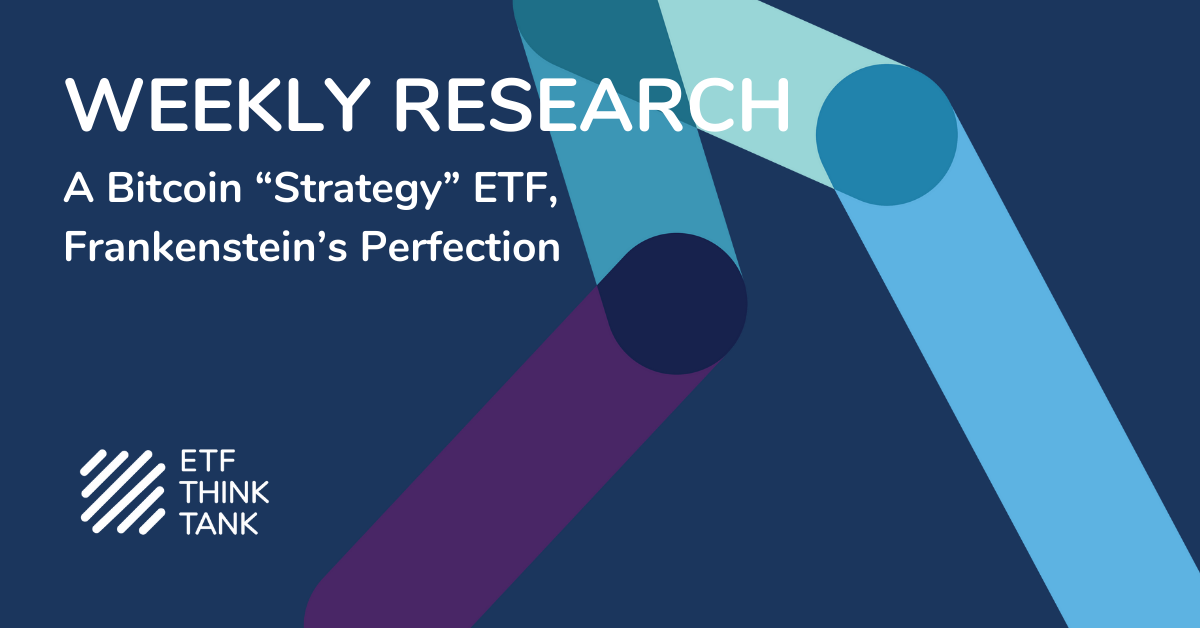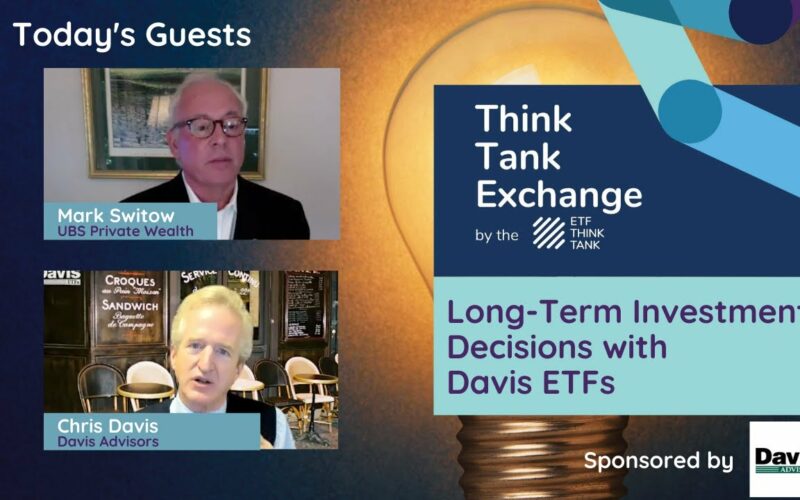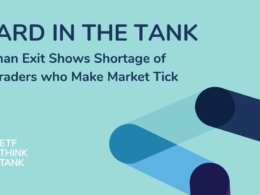
Over the past few days, several “Bitcoin Strategy ETFs” have listed in the US and have garnered a record number of assets. Today, we seek to determine whether this is a trick or a treat. The answer depends on what kind of investor you are; for traders, ETF Issuers, Futures Exchanges, hedge funds and arbitration desk, this is a massive treat. On the other hand, buy and hold investors, RIAs and other allocators may consider this marriage of ETFs and Bitcoin a nasty trick. There is no denying the fruits of this collaborative disruption; ETF issuers and regulators have created something historic, but is this Frankenstein’s creation perfect for all investors?
How Did we Get Here?
The proposal of a marriage between Bitcoin and ETFs began back in 2013. Below, you can read a thread by our friend @philbak1, documenting his experience at the NYSE:

The Gemini folks eventually gave up on an ETF, and instead focused on custody and exchange of Bitcoin/Crypto which has participated in everyone’s success.

Since then, there have been dozens of filings and iterations of the Bitcoin/ETF marriage, the launch of multiple Emerging Growth Trusts that trade at premiums and/or discounts, and various physically-backed and futures-based ETFs and ETPs in Canada and Europe, all garnering assets and proving the demand.

At the ETF Think Tank, we first began writing about this in 2017. Here we are in 2021 holding the same opinion:
- This marriage is better for ETFs and Traditional Finance than it is for Bitcoin.
- There is an inherent contradiction in that Bitcoin was designed to replace the need for a trusted third party – yet investors seem to want the ETF and the regulators to stand in as a trusted third party for their access to Bitcoin.

Where are We?
In the end, we commend Issuers like ProShares, Valkyrie, Van Eck, Bitwise, and countless more for navigating the infrastructure and regulations to launch Bitcoin “strategy” ETFs. That said, it is the “strategy” part that makes it Frankenstein’s monster. In the eyes of the regulators, this monster is quite perfect:
- They are delivered in a 40-act structure, with most strict rules on marketing and investor communication (Usually futures-based products are under 33-act structure, with potentially better tax treatment and less contango).
- These funds do not own Bitcoin. Instead, they own a regulated derivative, which is essentially a cash-settled bet on the price of Bitcoin. This is extremely important for the regulators. As we noted in the past, the SEC does not want the approval of a physically-backed Bitcoin ETF to be viewed as an endorsement or acknowledgement of the US governments stance on Bitcoin.
- In theory, the CME Bitcoin Futures acts as a buffer from what is currently legal, or at least not explicitly illegal: pump and dump schemes. Since the broader US government has not taken a stance on the status of Bitcoin, there are currently no laws on holdings disclosure, as of the date of this posting. Meaning an influential whale could pump the price without disclosing his position, or your financial advisor could recommend the position with out disclosing the benefits to them.
The Bitcoin Strategy ETFs solve multiple regulatory concerns and shortcomings while providing traditional finance middlemen access and arbitrage profits. That said, these current structures can have deficiencies for long-term buy-and-hold investors from a roll cost perspective.
What Advisors Need to Know
The ETF Think Tank was created to help advisors navigate the ever-growing landscape of ETFs. Today, we covered the multiyear proposal and marriage of Bitcoins and ETFs. Bitcoin Strategy ETFs now exist, but that doesn’t mean advisors can simply recommend them without first taking some key fiduciary steps.
- Get educated on Bitcoin, taxes, these ETF structures, and all aspects of these strategies.
- Update your compliance procedures, including your ADV, to acknowledge and disclose your intent to advise on Bitcoin investments. The approval of a 40-act ETF does not exempt you from this disclosure. Check out https://academy.onrampinvest.com/ for more information.
- Figure out your own internal policy on crypto disclosure. Will you or your team disclose your personal Bitcoin holdings? Just because the government hasn’t yet mandated this for this asset, should you treat it differently than stocks or bonds that you may have a conflict of interest in owning?
- Talk with your E&O insurance provider and make sure you are covered to advise on crypto assets.
At the ETF Think Tank our value proposition is to enhance yours. That said, don’t allow the current euphoria around a historic marriage overwhelm your true mission: to be a fiduciary of your clients’ assets.
Disclosure
All investments involve risk, including possible loss of principal.
The information provided here is for financial professionals only and should not be considered an individualized recommendation or personalized investment advice. The investment strategies mentioned here may not be suitable for everyone. Each investor needs to review an investment strategy for his or her own particular situation before making any investment decision.
All expressions of opinion are subject to change without notice in reaction to shifting market conditions. Data contained herein from third party providers is obtained from what are considered reliable sources. However, its accuracy, completeness or reliability cannot be guaranteed.
Examples provided are for illustrative purposes only and not intended to be reflective of results you can expect to achieve.
The value of investments and the income from them can go down as well as up and investors may not get back the amounts originally invested, and can be affected by changes in interest rates, in exchange rates, general market conditions, political, social and economic developments and other variable factors. Investment involves risks including but not limited to, possible delays in payments and loss of income or capital. Neither Toroso nor any of its affiliates guarantees any rate of return or the return of capital invested. This commentary material is available for informational purposes only and nothing herein constitutes an offer to sell or a solicitation of an offer to buy any security and nothing herein should be construed as such. All investment strategies and investments involve risk of loss, including the possible loss of all amounts invested, and nothing herein should be construed as a guarantee of any specific outcome or profit. While we have gathered the information presented herein from sources that we believe to be reliable, we cannot guarantee the accuracy or completeness of the information presented and the information presented should not be relied upon as such. Any opinions expressed herein are our opinions and are current only as of the date of distribution, and are subject to change without notice. We disclaim any obligation to provide revised opinions in the event of changed circumstances.
The information in this material is confidential and proprietary and may not be used other than by the intended user. Neither Toroso or its affiliates or any of their officers or employees of Toroso accepts any liability whatsoever for any loss arising from any use of this material or its contents. This material may not be reproduced, distributed or published without prior written permission from Toroso. Distribution of this material may be restricted in certain jurisdictions. Any persons coming into possession of this material should seek advice for details of and observe such restrictions (if any).












